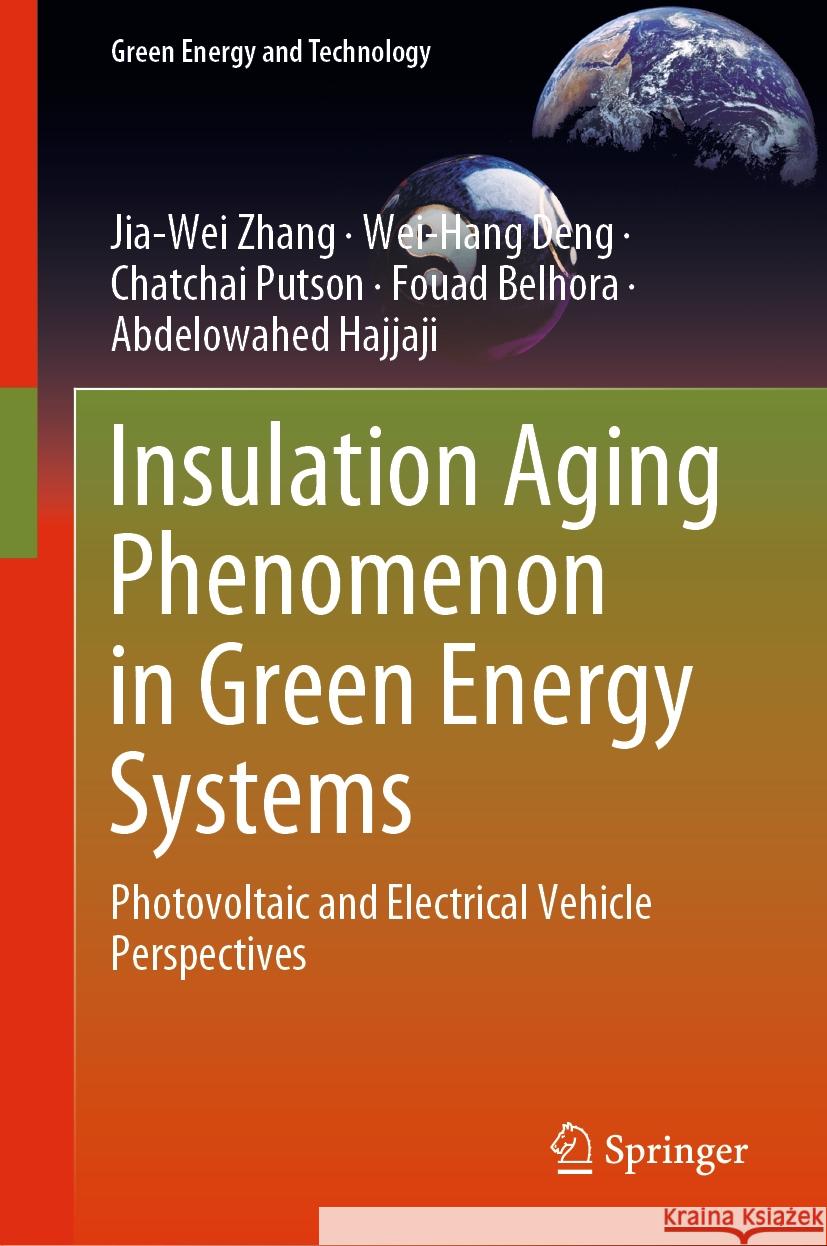Wyniki wyszukiwania:
wyszukanych pozycji: 2
 |
Insulation Aging Phenomenon in Green Energy Systems
ISBN: 9789819976096 / Angielski / Miękka / 2025 Termin realizacji zamówienia: ok. 22 dni roboczych (Bez gwarancji dostawy przed świętami) This book is a must-read for those interested in the aging phenomenon of materials used in new energy systems, such as photovoltaic and electric vehicles. It provides a fundamental framework for this topic and important basic data and references for insulation materials used in these systems. It covers the aging of photovoltaic systems installed in different environments, including space, as well as the aging of the discharge present in the drive motors of electric vehicles. This book is suitable for researchers and students interested in green energy systems and can be used for teaching,... This book is a must-read for those interested in the aging phenomenon of materials used in new energy systems, such as photovoltaic and electric ve... |
cena:
564,88 zł |
 |
Insulation Aging Phenomenon in Green Energy Systems: Photovoltaic and Electrical Vehicle Perspectives
ISBN: 9789819976065 / Angielski Termin realizacji zamówienia: ok. 22 dni roboczych (Bez gwarancji dostawy przed świętami) |
cena:
564,88 zł |










